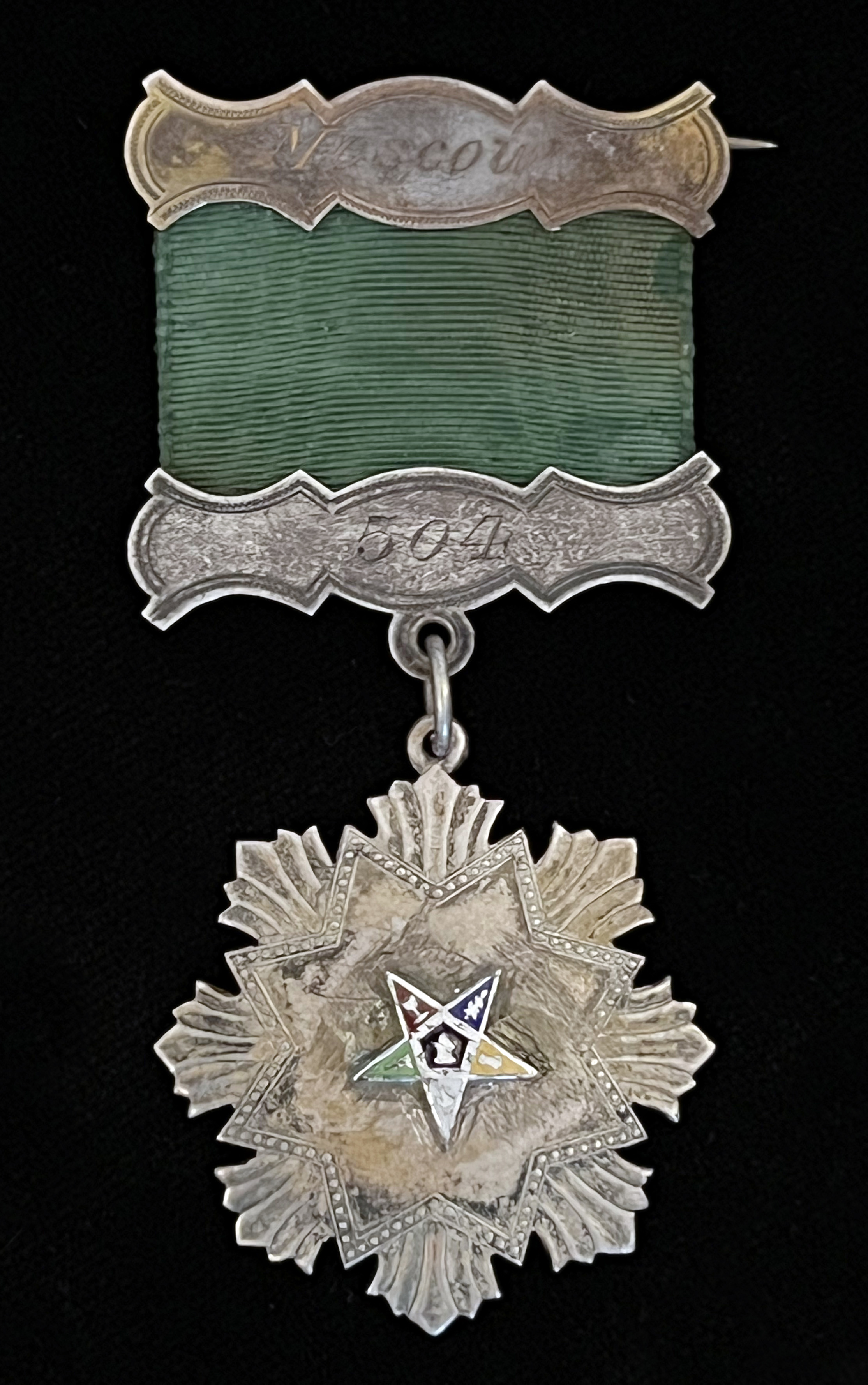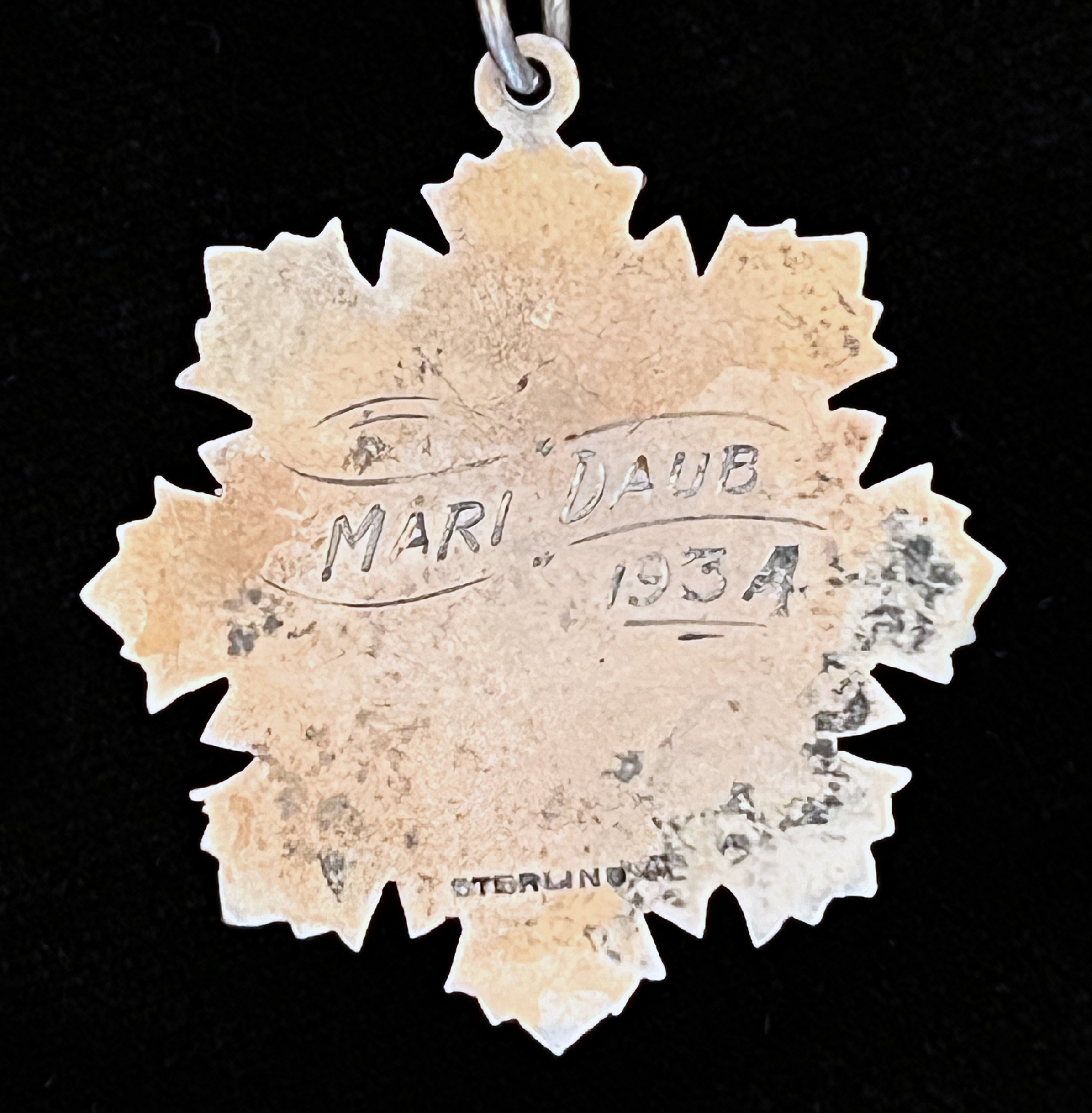What the emblem of one of the main Masonic orders that admits women means, and how this ritual came about


Some of our latest news
What the emblem of one of the main Masonic orders that admits women means, and how this ritual came about
Last week, the Riga World Freemasonry Museum's collection gained a new item. It’s a regalia owned by a woman from the "Moscow №504" lodge.

At the center of the emblem is an inverted five-pointed star with rays of different colors, symbolizing the "Order of the Eastern Star". The back is engraved with the owner's name, Mary Daub, and the date - 1934.

Despite its name, this organization has no relation to Russia - it's under the Grand Lodge of Pennsylvania. The jewel is interesting for another reason - it refers to the history of the "Order of the Eastern Star", one of the largest Masonic "additional degrees" (or Masonic appendant bodies) organizations, founded in the 19th century and still functioning today. The term " appendant bodies " means this organization was created as an extension of basic Masonic degrees. In this case, the order is open to both men and women, while primarily, Masonic organizations consist of men.
The order's symbol - the five-pointed star - is based on stories of five famous women from the Bible. The white ray pointing downward commemorates Esther - the heroine of the Tanakh (Old Testament) who saved the Jewish people - signifies loyalty. Green represents patience, reminding of Lazarus' sister Martha. Red symbolizes fortitude in honor of the Babylonian woman Electa from the Second Epistle of John. Blue, in memory of Adah, daughter of Jephthah from the Book of Judges, signifies the virtue of obedience, and yellow reminds of the Biblical righteous Ruth.
A woman also stands at the origins of the "Order of the Eastern Star". The ritual's founder is named as the American lawyer Rob Morris, but the order would never have emerged without Morris' wife, Charlotte. By the time the "Eastern Star" appeared in 1850, Rob Morris had built an impressive Masonic career. In 1846, he became a master, then Grand Chaplain of the Royal Arch order, and Lecturer of the Grand Lodge of Mississippi. Concurrently, Morris wrote poems and hymns, some of which are still used in lodges.
However, Morris was dissatisfied that traditional Freemasonry had no place for women, meaning he couldn't share this activity with his wife, who played a significant role in the life of the "Eastern Star" founder. "Mrs. Morris was an inspiration to Dr. Morris and a real helpmate for nearly fifty years," writes one of Rob Morris's biographers. Rob and Charlotte together thought through the details of the future organization, consulting extensively with other Masons and their wives. By 1850, the main work was completed: emblems and symbols were invented, a system of degrees was devised, and basic rituals were prescribed.
Initially, only Masons' wives could join the organization, then mothers, sisters, and daughters of Masons. Now, more distant relatives of Freemasons and participants of some other Masonic organizations, such as the "International Order of the Rainbow for Girls" or "Daughters of Job", can become members of the order.
Women also necessarily enter the lodge's leadership: in essence, the order is governed by a Worthy Matron (woman) and a Worthy Patron (man).
 Museum
Museum